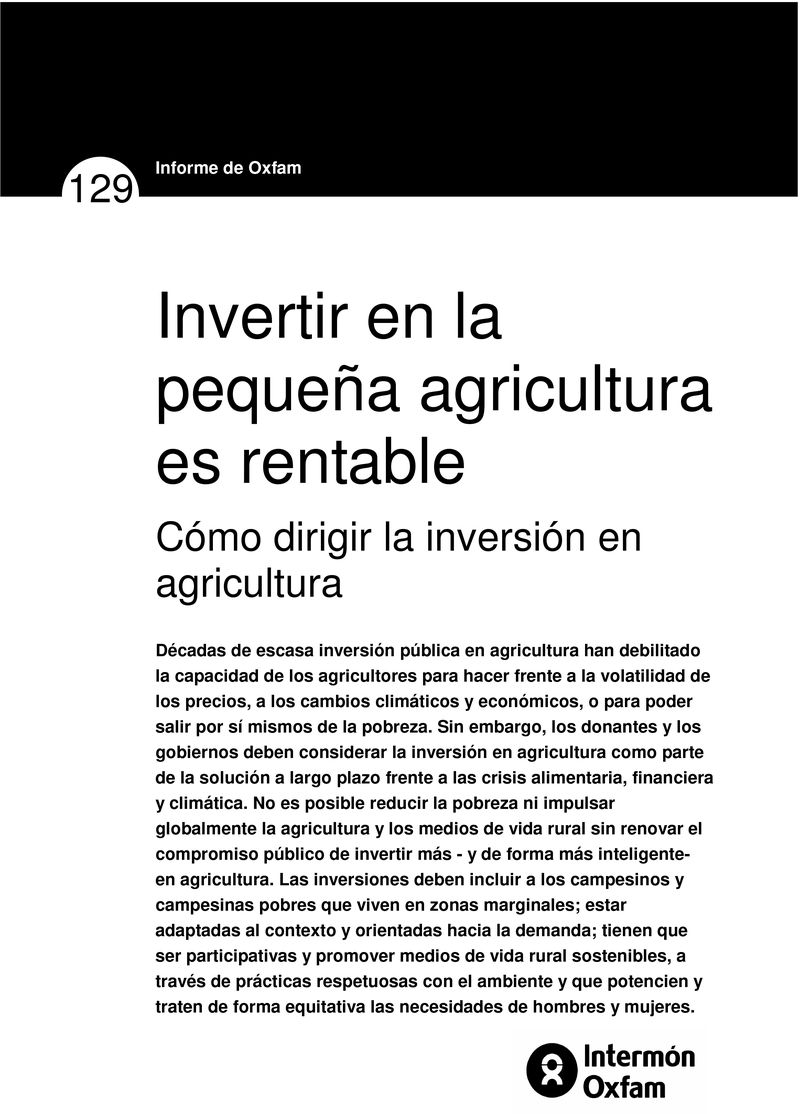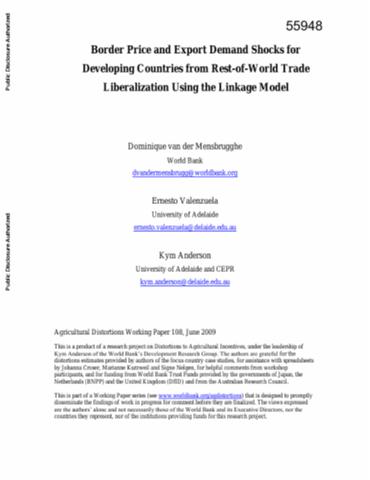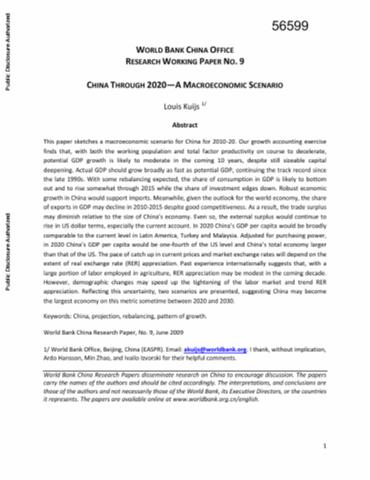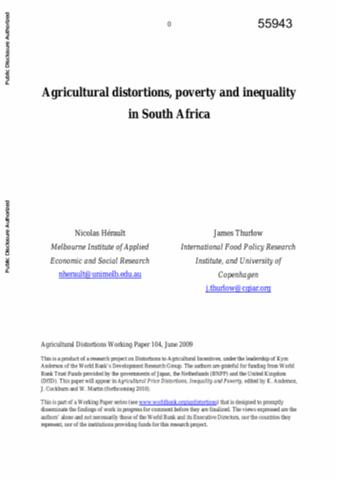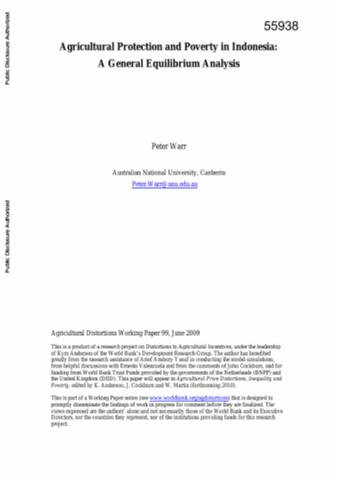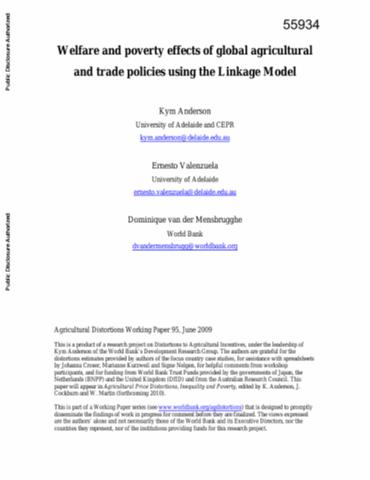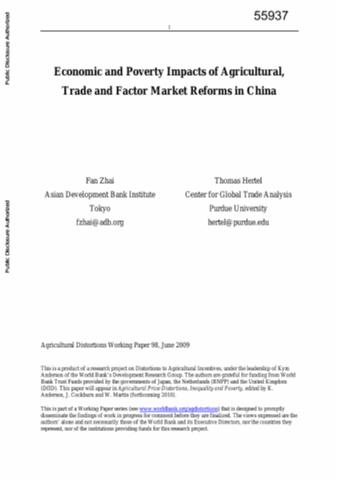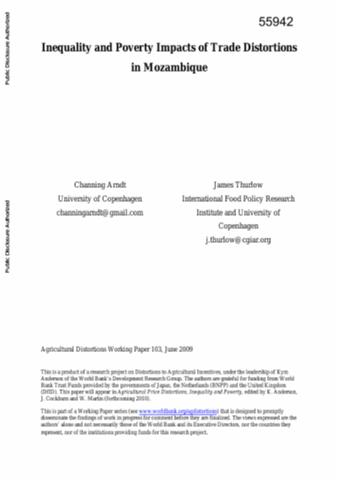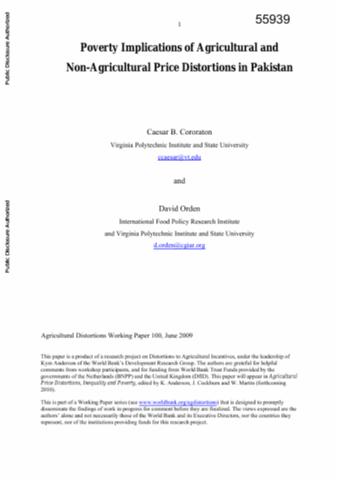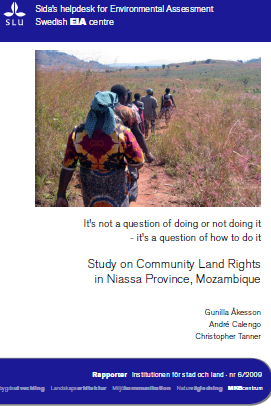Trade and Intellectual Property Rights in the Agricultural Seed Sector
The Agreement on Trade-Related Aspects of Intellectual Property Rights (TRIPS) has continued to be fiercely debated between North and South, particularly with respect to its provisions for the agricultural sector. Article 27.3(b) of the TRIPS Agreement requires WTO member countries to offer some form of intellectual property protection for new plant varieties, either in the form of patents (common in the U.S.) or plant breeder’s rights (PBR).


